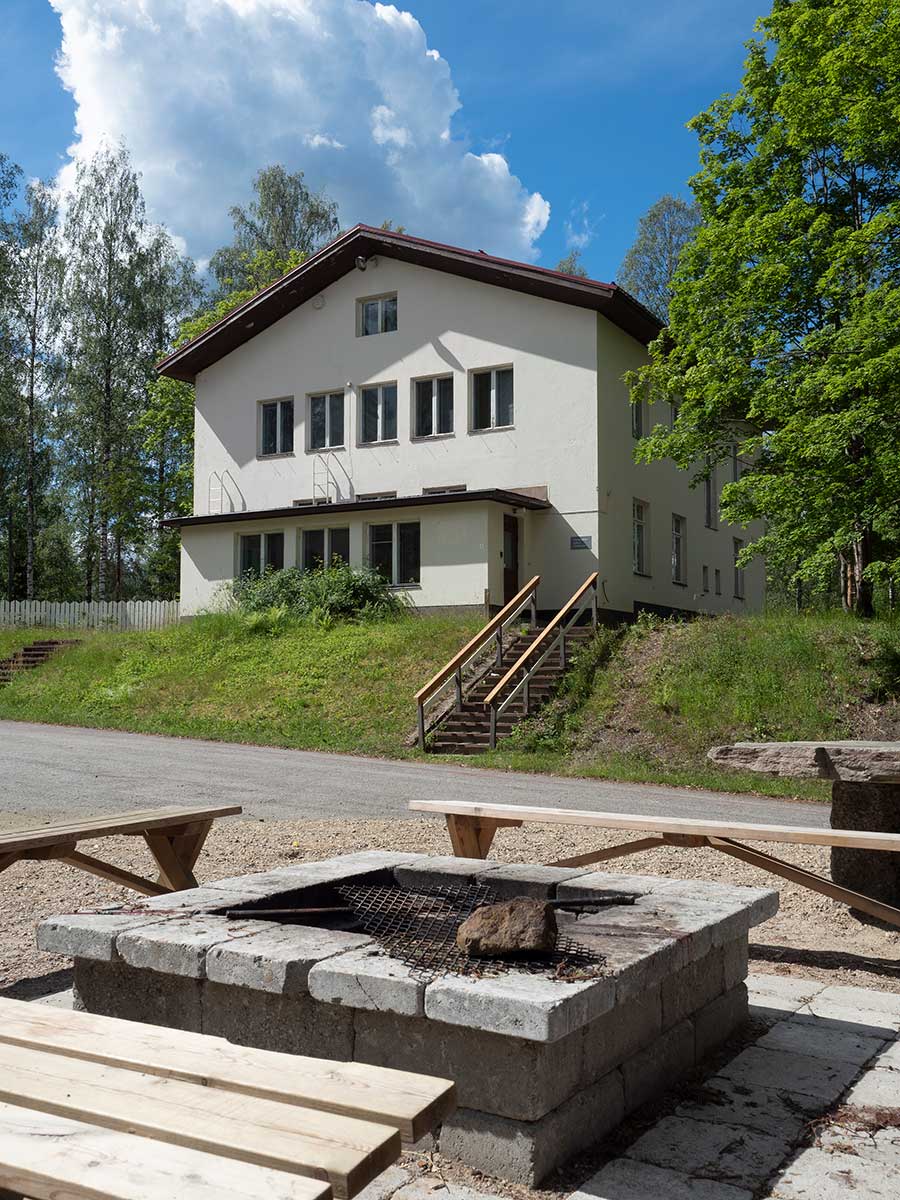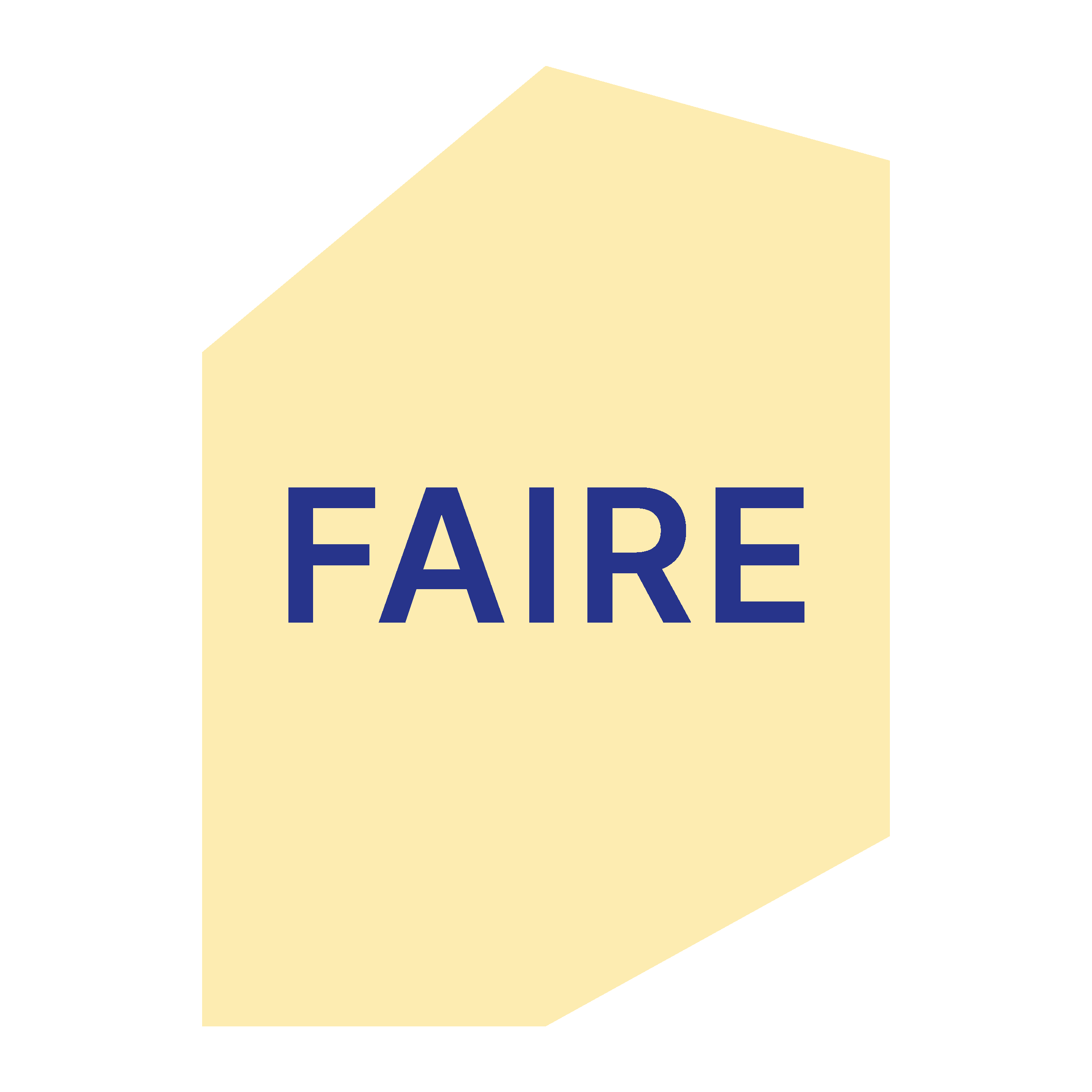30.1.2023
Interview: Petra Vehviläinen
Images: Taina Koistinen
The article is part of a series of interviews which presents various Finnish residency providers and examines the role of residencies in the field of art and in the society.
Interview with Mari Kortelainen, Culture Director of the City of Outokumpu
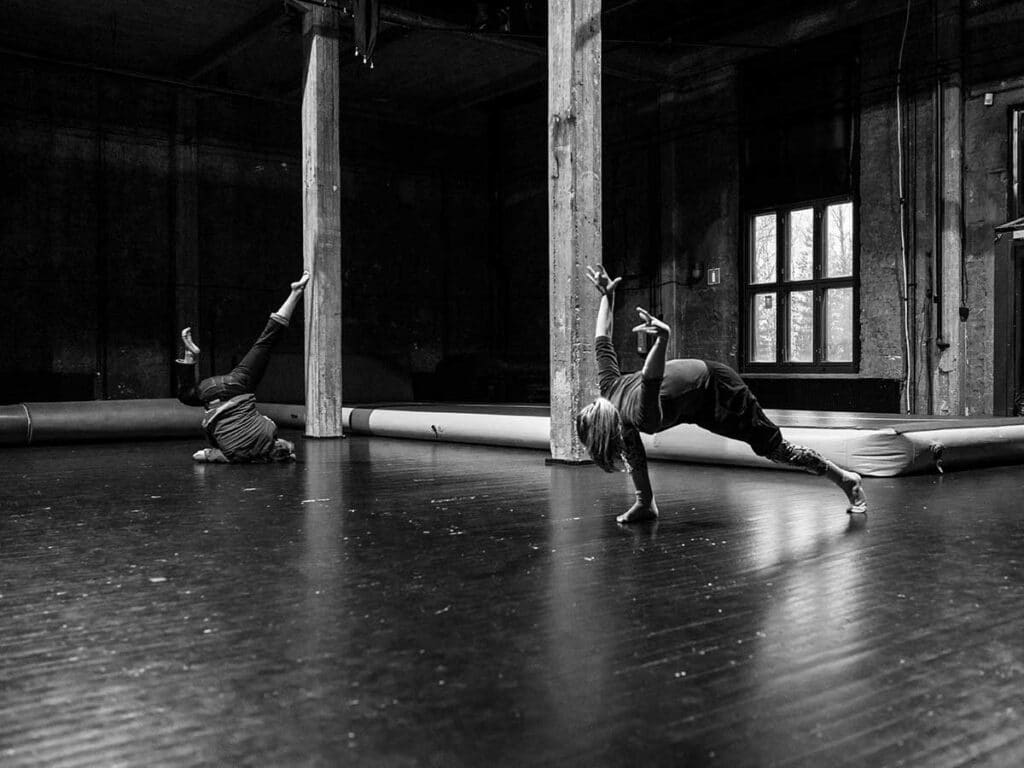
Located on the site of the old mine in Outokumpu, Eastern Finland, the residence offers artists and researchers from various fields a diverse range of working spaces amidst natural and cultural sites. Run by the city of Outokumpu, the Old Mine Residence provides guests a house with four living rooms for 7-8 artists or researchers. There are also two studios, ideal for writing or small-scale work, for example as a painting studio for a visual artist.
The Kiisu Theatre is a performing arts space. It has a 220-seat auditorium and, because of its height, is also suitable for a circus. In addition to the residence, the Oudonkummun Circus also operates in the space. “The Kiisu Hall is also located in the same building, and its special feature is the six-second echo,” says Mari Kortelainen, the Culture Director of the city of Outokumpu, who is responsible for the residence and its operation, with a smile. The space is unheated but for artists to use.
In the mine, dozens of metres below ground level, out of reach of the internet, is a 205m² Karbidi with an open fireplace in the middle. The space is the only warm space in the mine. It has been used for sound works, among other things. “A few dancers have also worked there, although the floor is concrete. Not everyone needs the traditional stage space,” says Kortelainen, explaining the use of the space. The artists in residence also use other spaces in the old mine, such as the museum tunnels, which are popular with tourists in the summer. According to Kortelainen, photographers and video artists in particular have been drawn to the tunnels and other mine spaces.
The Marita Culture House, located in the centre of Outokumpu providing full AV equipment, is also used by artists in residence and working groups. The space is warm and can be used to organise performances or outcome presentations of the residency.
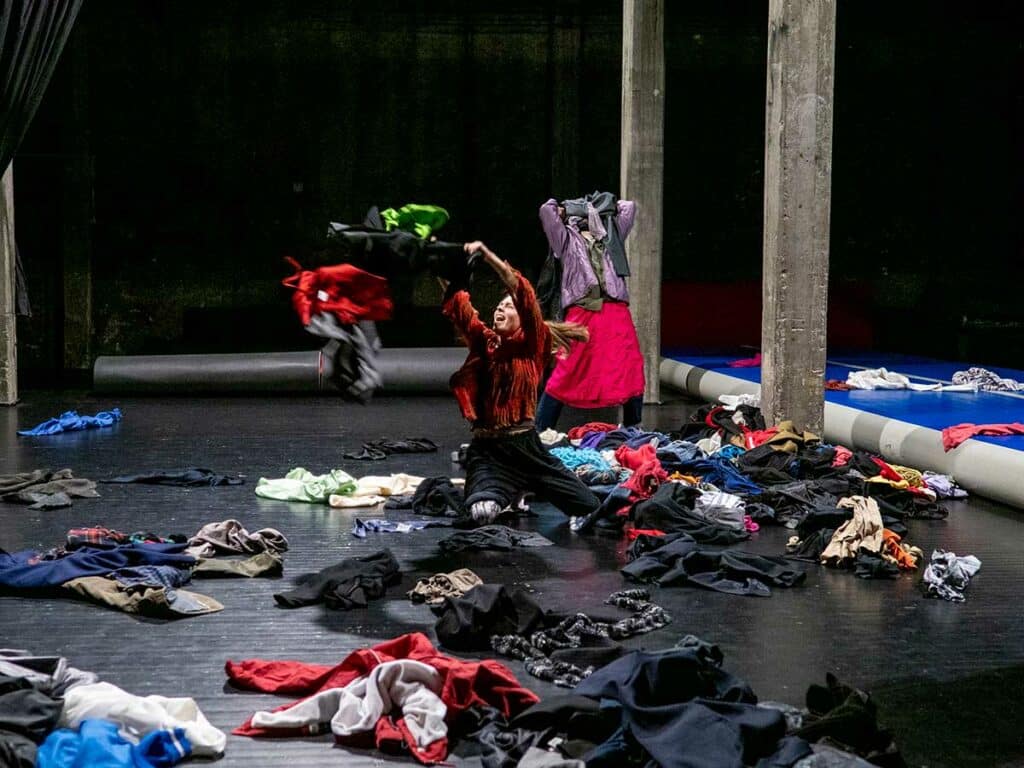
The residency is free of charge for artists, but in return, artists and researchers are expected to produce some kind of presentation, performance or demo, open to the residents of the town. “Quite often it has been a performance demo open to the public, but recently there was a pre-listening of a radio essay. There have also been some workshops, and art exhibitions. Last summer, an artist from Japan held an exhibition at the Old Mine. The outcomes have been very varied,” says Kortelainen.
Artists and working groups selected through an open call write in the application a proposal for presentation or other outcome and it means a lot in the curation process. Artists from a wide range of disciplines and international backgrounds apply for residencies each year. “We have dance, theatre, musicians, visual artists, comic artists, photo and video artists. There are also a few applicants from the field of science too,” says Kortelainen. The shortest residencies are about a week, but some artists spend a maximum of three months in Outokumpu. “Often artists from abroad want to stay longer. Last summer we had a couple of artists from Switzerland who spent the whole 3 months in residence. Some people want their residencies in two parts, and we have tried to arrange those as well,” says Kortelainen, adding, “All in all, it’s quite a puzzle to see which spaces people have applied for and also to take into account the different people’s schedules. We have considered whether this application process should be made more rigid, but on the other hand, we have had 50-80 applications every year and we have found that this number is somewhat manageable. However, we want to take into account artists’ schedules and wishes – especially at the application stage. Once decisions are made, it’s challenging to be flexible anymore.”
It is clear from Kortelainen’s speeches that the needs and wishes of guests are taken into account in many ways. Kortelainen mentions humanity and kindness as important values. Efforts will be made, to provide residents with the equipment they need, from the city. A small community enables smooth cooperation with local actors. “The way things work is that I ask what the artists need and they’re often found somewhere. Video projectors and Bluetooth speakers are found in our own gear. Cameras and camcorders are usually brought in, but we can try to help with that too,” says Kortelainen. Recently, the city provided sound equipment for the circus and sound artist duo to work in the Kiisu Theatre. “I direct those who ask for a ceramic kiln to the Outokumpu Artists’ Association, where they can find one,” says Kortelainen.
The artists’ presentations also serve as a major point of contact between locals and residency guests. In addition to performances and exhibitions in the residency spaces, various collaborative and community projects also bond the residency guests and the city residents. “Some of the artists seek to cooperate with local associations. Some have toured to perform in kindergartens, and one group of artists worked in collaboration with the Nirunaru Activity Centre in Outokumpu,” says Kortelainen, adding, “There has also been some collaboration with the department of dance training at Riveria Vocational College in Outokumpu. Some of the artists have asked to participate in the classes and depending on the situation it has been possible or not.” A few years ago, the Outokumpu library also hosted an exhibition by a comic artist in residence. According to Kortelainen, the artists’ presentations and public outcomes have helped to make the residency and its activities more visible to the city’s residents. The residency, which was established in 2018 on behalf of the municipal authorities, has also been well received. According to Kortelainen the most visible proof of it, is the fact that the residency has been free of charge for artists, at least for the time being.
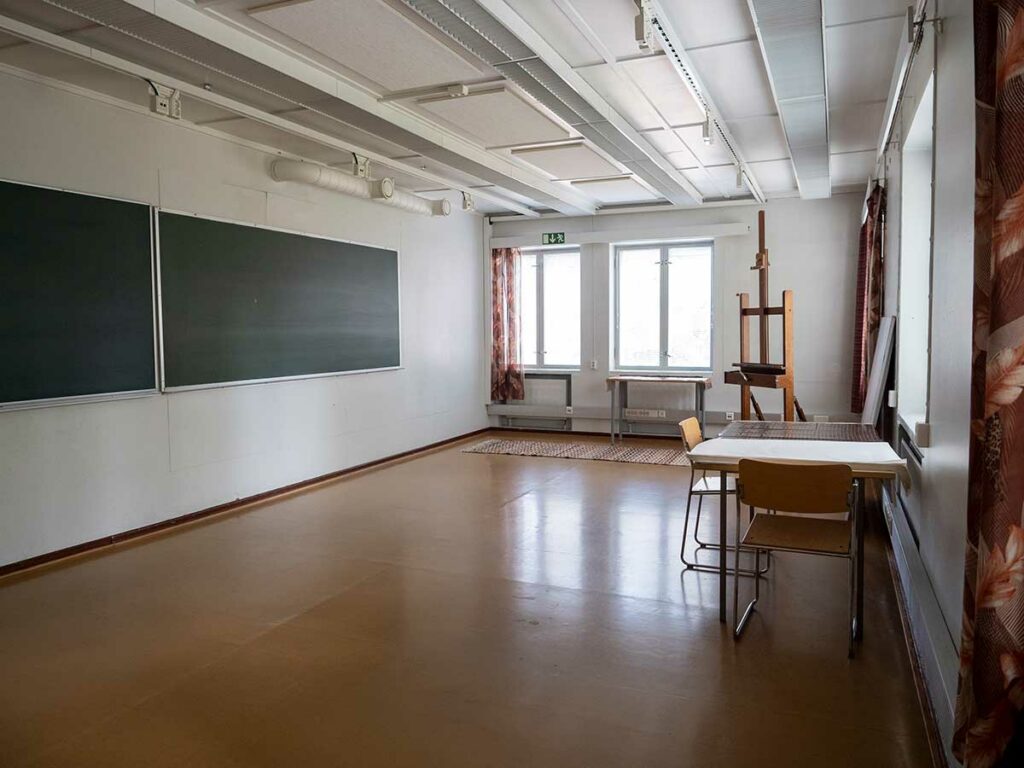
The environment also provides an interesting and versatile framework for different projects. “The Old Mine is unique and carries the history of the place. It is a big attraction. Most artists at some point in their process are drawn to the mine, eventually wanting to work there,” laughs Kortelainen, adding: “The mining history can be seen in the spaces: there are still machines, corridors, tall, spacious rooms, concrete…” The sense of space is the biggest attraction. One year there was a real boom, which reflected the art scene in general: there were a lot of artists applying who were interested in ecosocial approaches, minerals, and organisms”. Outokumpu is also home to the Geological Survey of Finland, which is part of the Ministry of Economic Affairs and Employment, and some artists have collaborated with the Geological Survey. “Copper ore has been mined here. Chromium diopside, a green rock, can be found in towns’ surroundings. A video artist was filming a work in residence and met with researchers from the Geological Survey of Finland for the work,” says Kortelainen. However, she says that despite the area’s prominent mining history, the works of the artists in residence do not particularly highlight local environmental or other mining-related issues. “The emphasis is on the artists’ own work and on seeing the history of the place and the beauty of the spaces. Outokumpu is a small town in the east and there are a lot of forests, snow and skiing opportunities here in winter, so it may be that these factors override the environmental aspect,” Kortelainen says. “Some artists prefer to make their presentations outdoors. They have organised walks to the nearby marshland, for example. Ecological values and interest in the surrounding nature are reflected in this type of activity rather than direct opposition or questioning of mining. Kortelainen explains that the residence considers it important to the environment and its care that artists are introduced to nearby landscapes and nature trails as well as ice swimming spots and skiing areas.
According to Kortelainen, one of the most important hopes for the future is to maintain the residency free of charge, and in this way keep the residency accessible to artists from different socio-economic backgrounds. In addition, the aim is to spread the word about the residency more widely, so that a larger and more diverse group of artists would have access to information about the residency – as well as to display the artists visiting the residency and their work.
Marita, Karbidi and Kiisu Hall are accessible. Most of the spaces in the Old Mine are inaccessible, but not all, and the residence guest house itself is not accessible. With accommodation, there is possibility to make alternative solutions if necessary, and the need for accessibility does not automatically become a threshold in applications. “If a person is able to work on their own or with an assistant, I think those are arrangement issues,” says Kortelainen. The aim is to make it as easy as possible for artists to stay in the residency. The house and work spaces have a safer-space policy, and people arriving at the residency are welcomed at the house or, if necessary, at the bus stop. A third future hope is to increase human resources: ‘It would be wonderful to be able to hire someone who could actively work at the residency. A person who would be in contact and who would take care of practical matters. Then I would have time to think more about the bigger picture. It would be possible to have more time and space for strategic thinking,” Kortelainen says, “but I believe that we can give artists what they need, within the framework we have.”
Kortelainen says that any professional artist or researcher can apply for the Old Mine Residency. In the residency curating process it is taken into account to select people who have worked in the field for both longer and shorter periods of time. It is also felt that the processes themselves are important and the selection process tries to look at it from the artists’ point of view. One can apply for a residency with a work in progress or just an idea for a work. Kortelainen says: “One can come to the residency looking for what is important to one’s own artistic work or artistic growth. The work does not have to lead to any specific result. However, the application must clearly articulate that one knows something is coming, even if one doesn’t know what it is yet. Often a new work needs time to unfold, whether it is a concept for a work of art or an art-pedagogical practical question. It is important for the artist to spend time with the idea or question, to move, to be moved and to work. Residency provides that time and space”.
